Several species of Australian birds have the word ‘fairy’ in their name – today I’m sharing photographs of seven of those species.
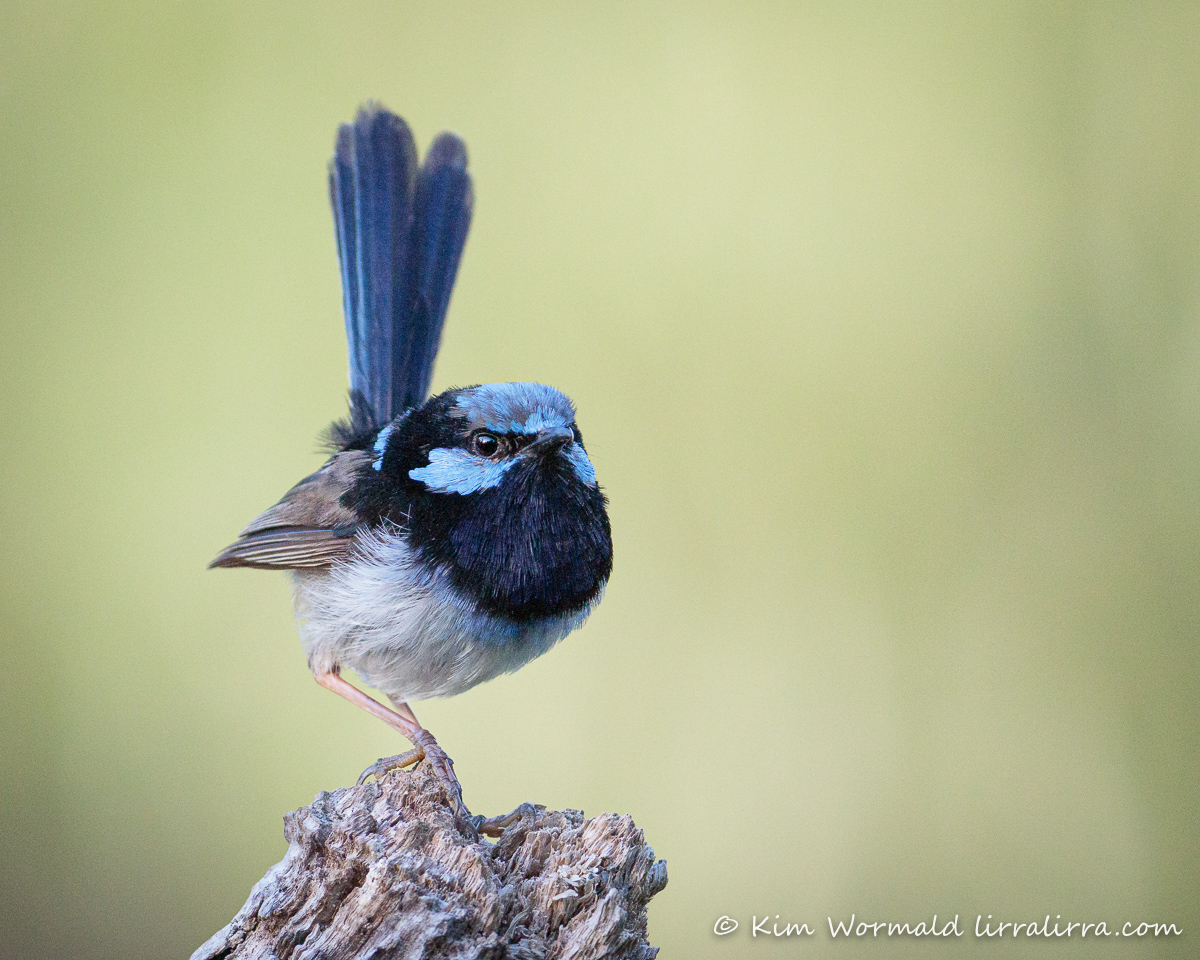
Superb Fairywrens live at my place – or should I say that I live at their place. The male above is in almost full breeding plumage apart from a few tufts on his forehead.
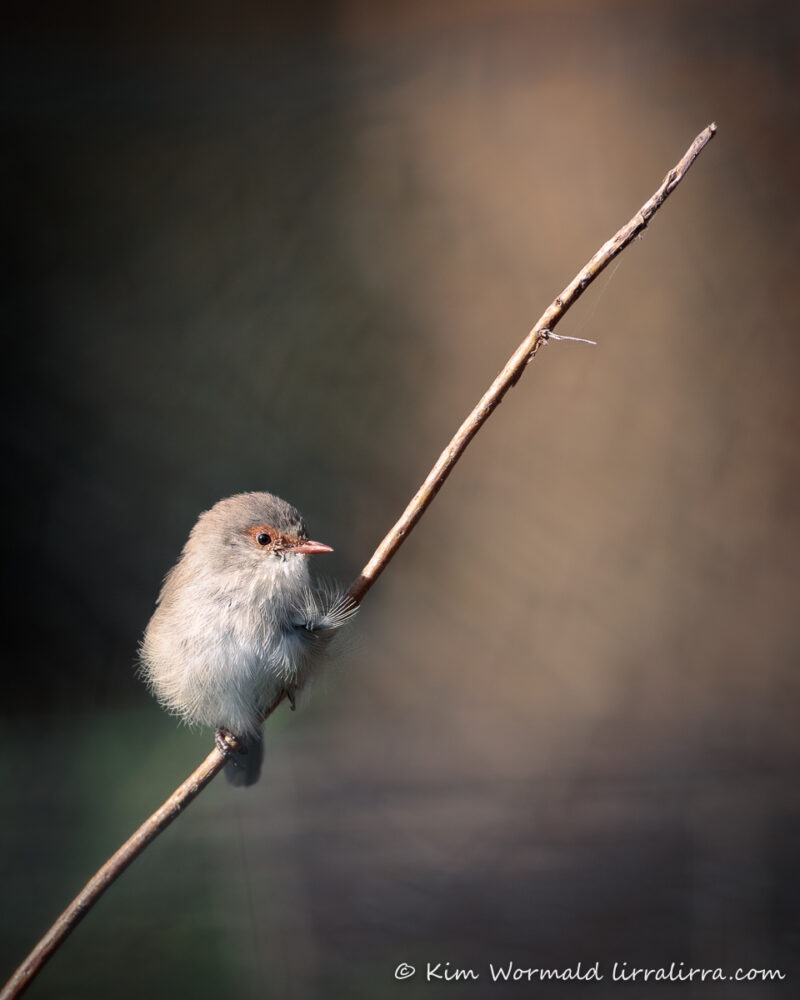
Female Superb Fairywrens are delightfully understated and can be easily identified from non-breeding males by their brown bills, lores and eye ring. Young males initially have brown bills that gradually turn black.
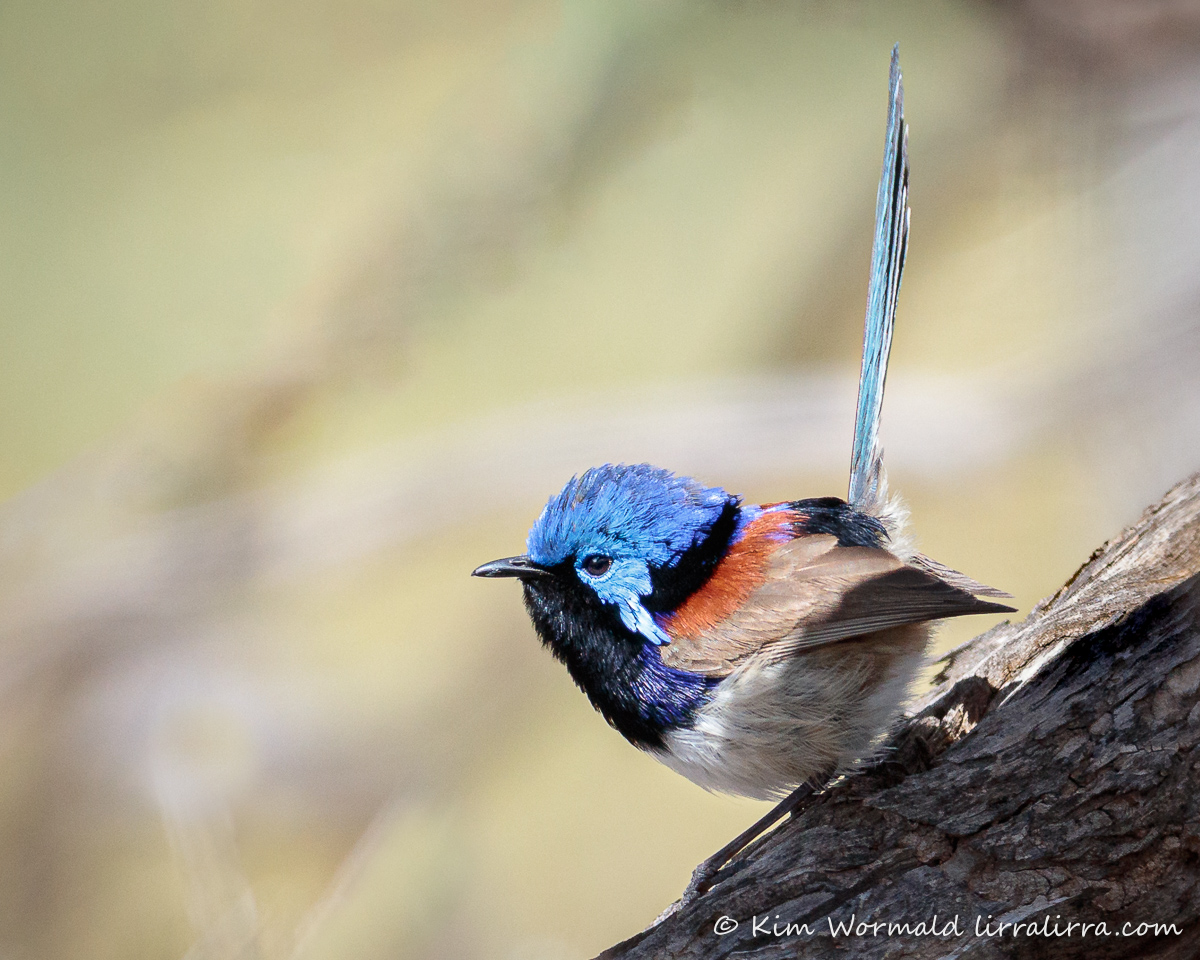
Purple-backed Fairywren are my favourites! Imagine climbing into a gorge in the Great Sandy Desert, with heat haze shimmering, and rocks that are too hot to touch as you scramble down the slope. The gorge appeared barren until we found a tiny glade of trees huddled around a small spring, and flitting about amongst the foliage was a family of these fairywrens. It was magical.
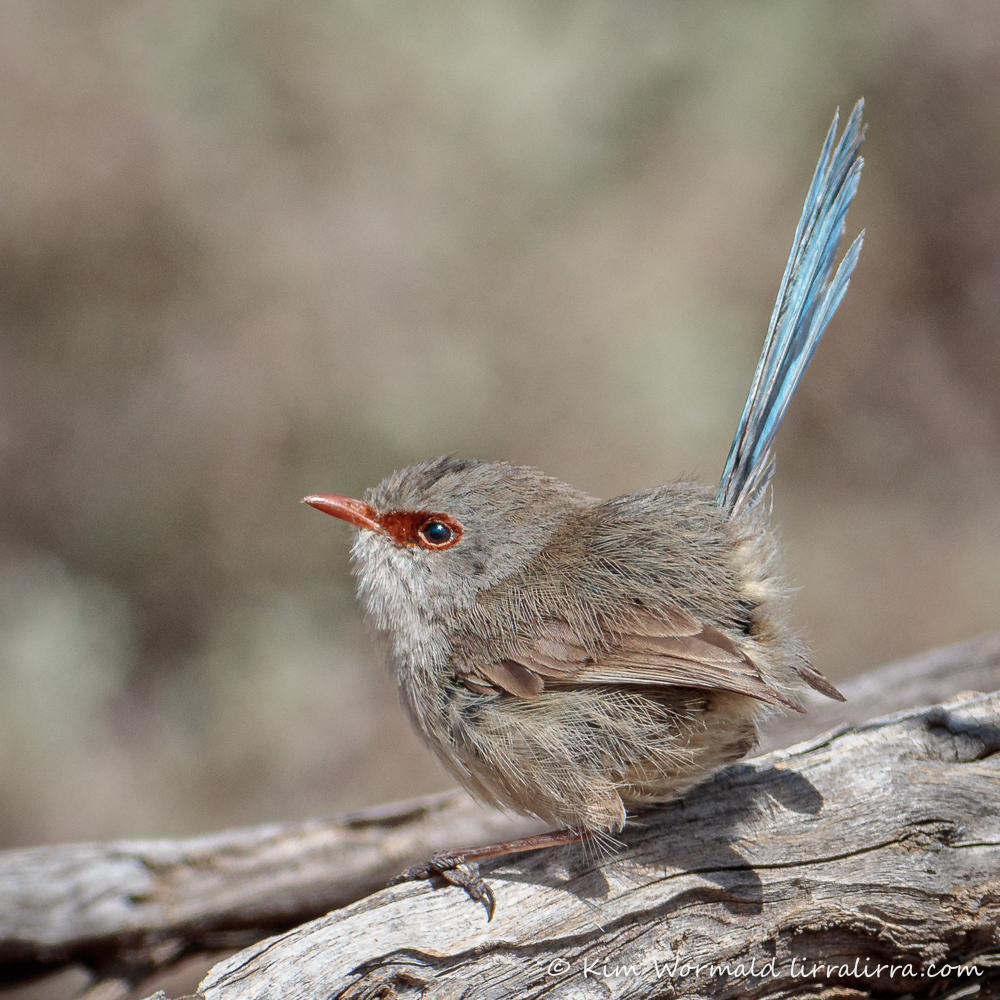
Female Purple-backed fairywrens are similar to other female fairywrens but their dark brown lores and eye rings really stand out, as does the beautiful blue of their tail.
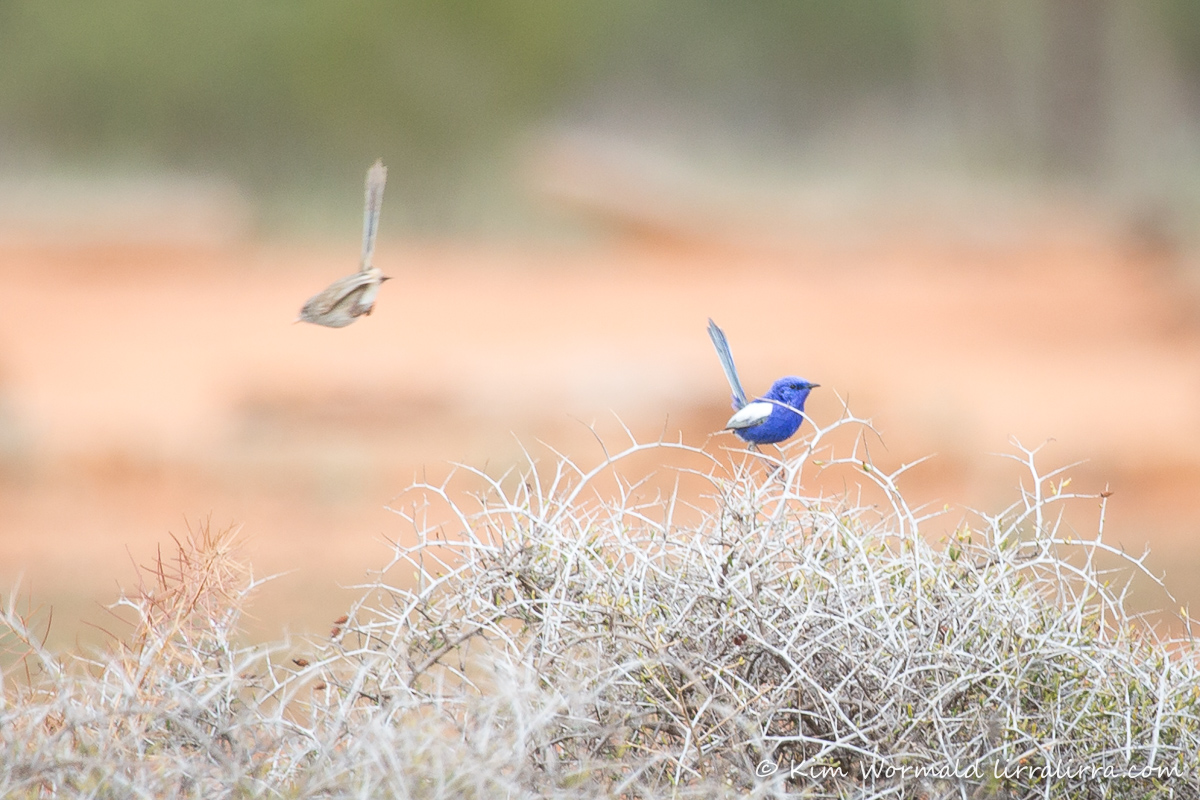
White-winged Fairywrens are a stunning sight in the Mallee. The photograph above is the only one I have that shows a male and female together – I clearly need another trip away!
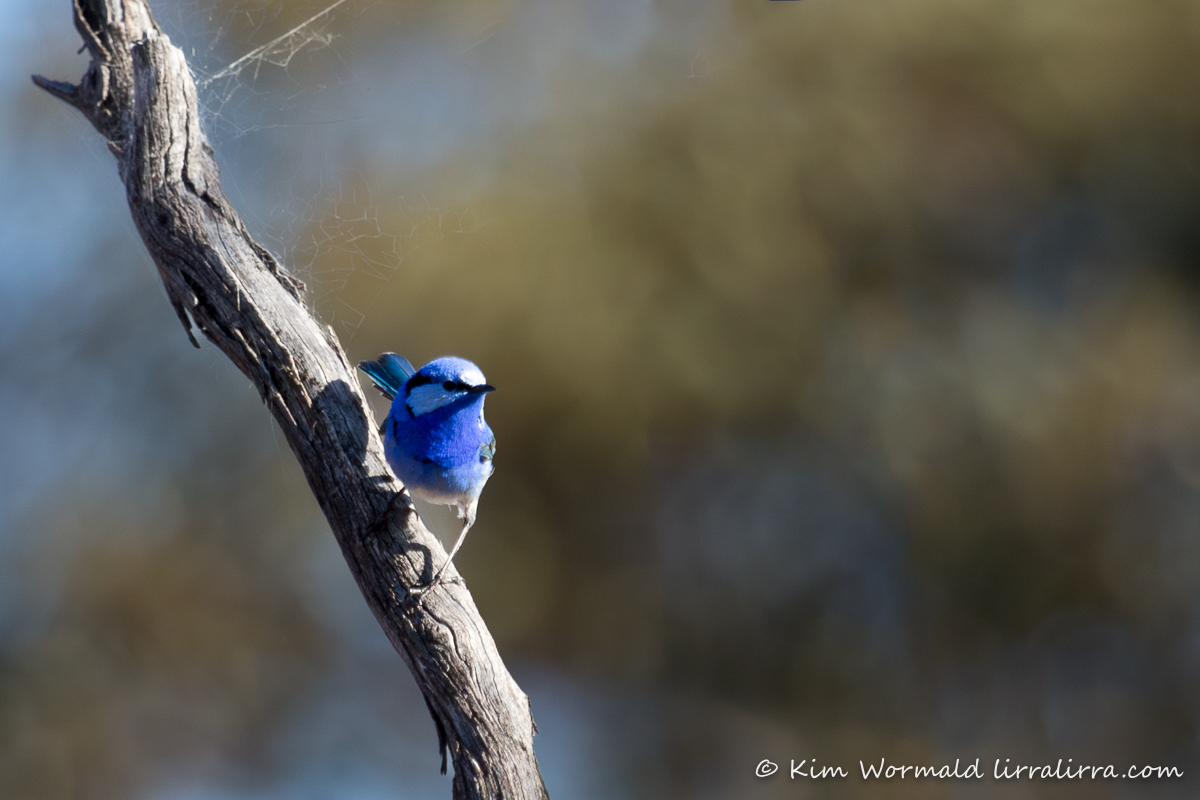
Seeing a flash of this brilliant fairywren is definitely a splendid experience.
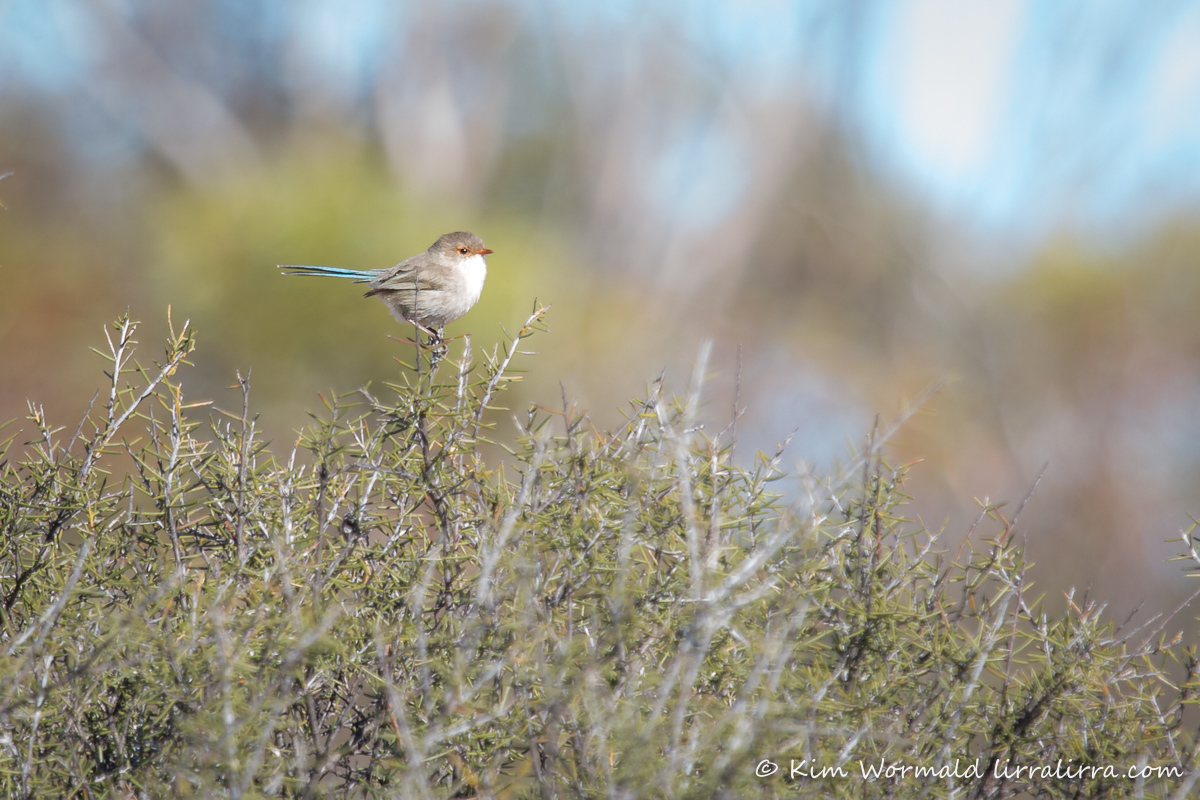
Female Splendid Fairywrens are delightful. Their subtle colours are exquisite, especially the soft blue-green of their tail.
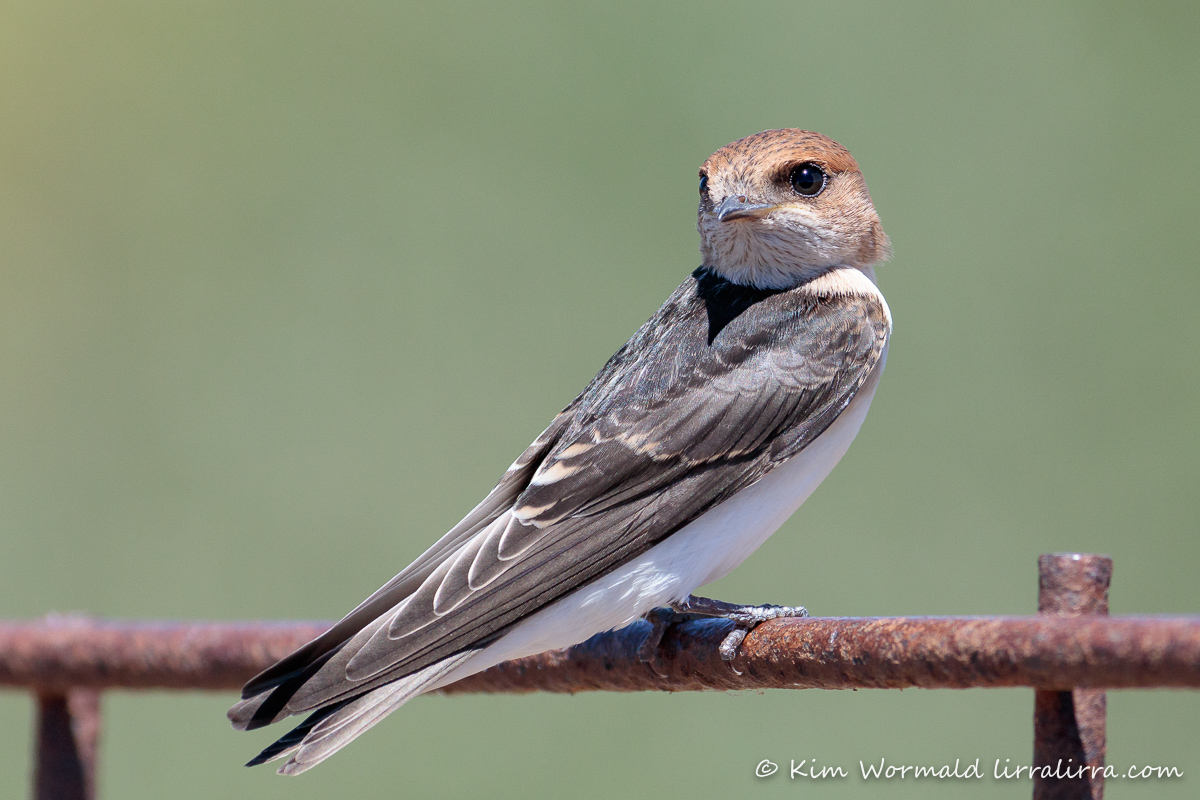
Fairy Martins in flight look similar to Welcome Swallows and Tree Martins but Fairy Martins have an off-white rump.
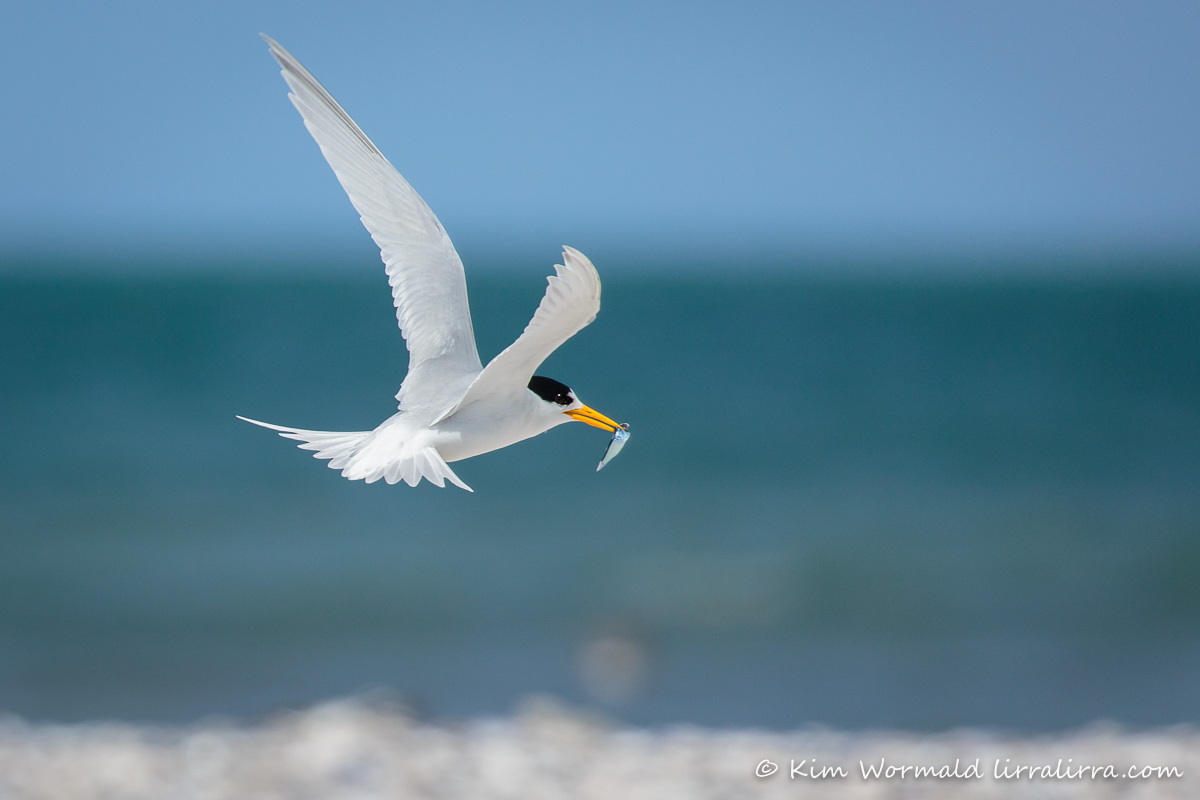
Fairy Terns are truly beautiful birds to watch in flight. Sadly they are variably listed as Endangered and Vulnerable but on the bright side a National Recovery Plan has been implemented that aims to sustain a positive population trend by 2030.
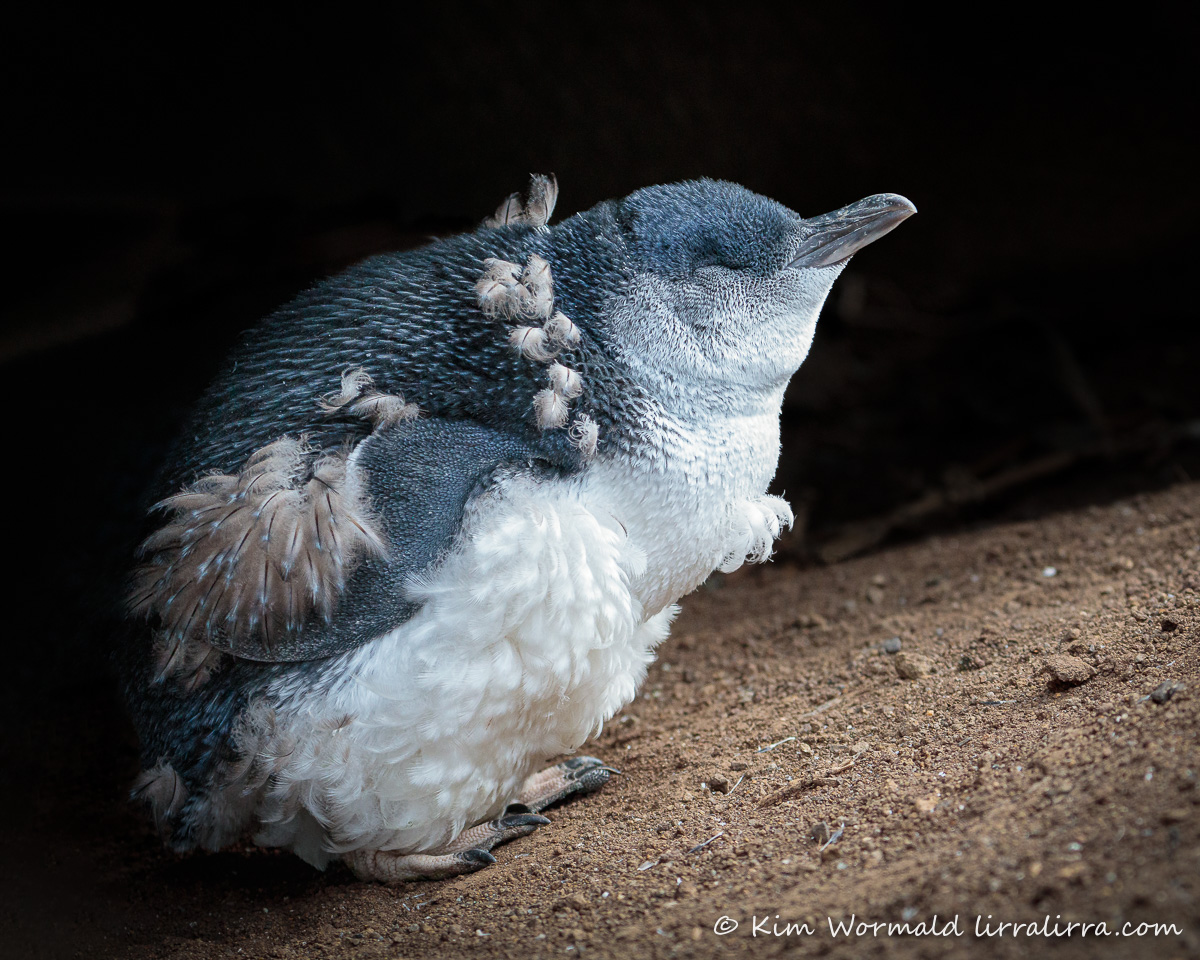
These iconic beauties are the world’s smallest penguin; they stand about 33cm tall and weigh about 1kg. Little Penguins (formerly known as Fairy Penguins) are white below and dark above to help keep them safe from predators while they are foraging. The penguin above is moulting and during this time they are itchy, uncomfortable and hungry. Unlike most other birds they have what is called a catastrophic moult, losing all their feathers in one go, a process which takes 16-17 days.
After preparing this week’s post I’m hoping I’ll be able to photograph the other Australian ‘fairies’ one day.
Happy birding, Kim
PS I’ve recently added new links, including one for a beaut educational colouring book for children. If anyone has time to check that links are working I would be super grateful, thank you
~ Prints and gifts Lirralirra Shop
~ Facebook page Kim Wormald – lirralirra
~ Facebook group Ethical Bird Photography

Superb photos of superb birds! Winter and Autumn are my favourite seasons, but there’s just one thing about them that I hate – all the male fairy wrens lose their dazzling blue plumage, and I really miss seeing that brilliant flash of blue among the salt bush. Ah well, just Nature’s way of telling us to be patient until Spring, I suppose!
Shivers, winter is one of your favourite seasons! In a little bit of potentially good news, occasionally an older male fairywren will retain his breeding plumage throughout the year – I’m hoping that you see a flash of blue among the salt bush this winter.
Ahhh such cutie pooches!!
They surely are!
So pretty!
I’m glad you like them too Alyssa 🙂
I am fortunate to have a large number of superb fairy wrens living in my yard. They nest in my mature trees.
Thank you.
How lovely to have so many at your place Suzette. They generally nest at, or near, ground level so maybe they ‘branch’ into the bigger trees… it would be great if they could all learn to nest a bit further away from prowling cats!
Beautiful pictures, althou can you upload some more duck photos? Thanks.
Thanks DLK, We need a duck species with ‘fairy’ in the name! Pink-eared Fairy Ducks sounds good to me.
Cool, but i meant in a different post tomorrow 🙂
I’ll definitely be sharing more ducks soon, especially with the govt’s inexcusable decision
Thanks 🙂
Lovely photos of our fairies – they are truly gorgeous birds!
Thanks Annette, we are super lucky! 🙂